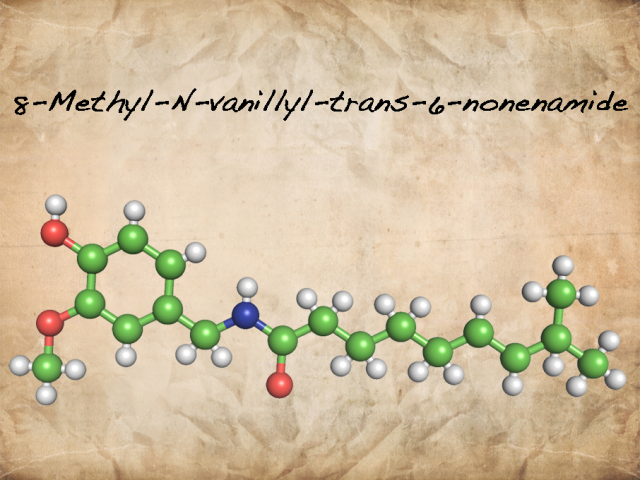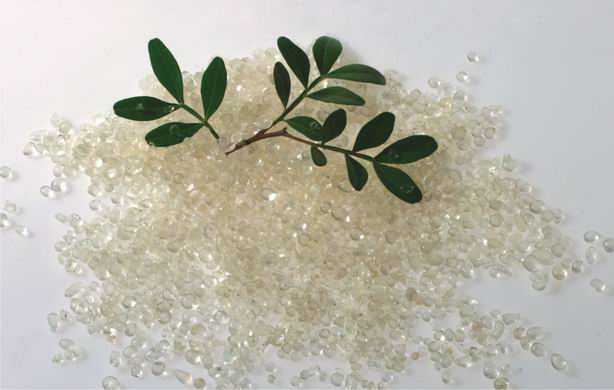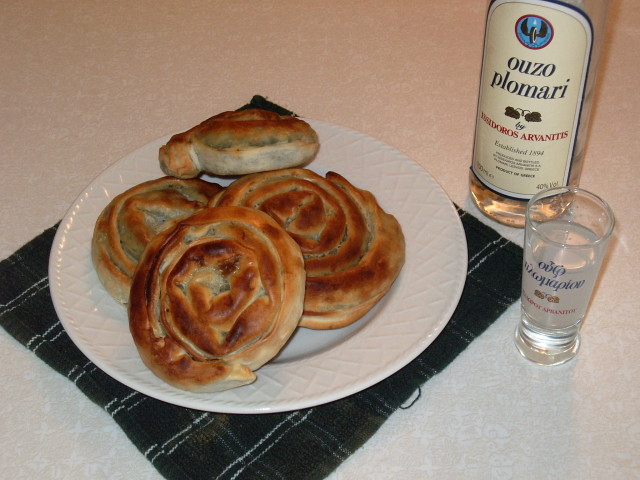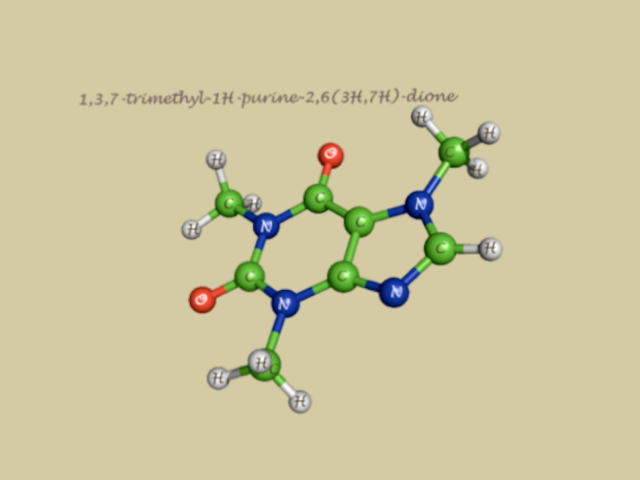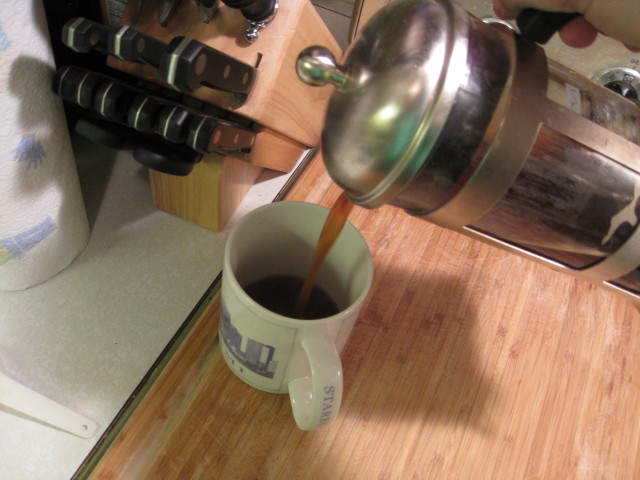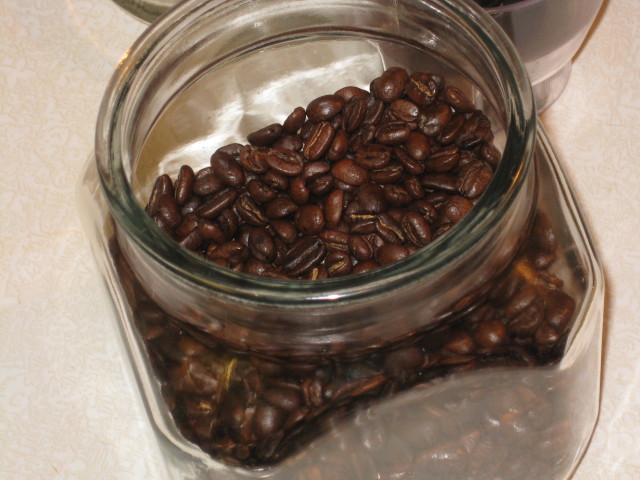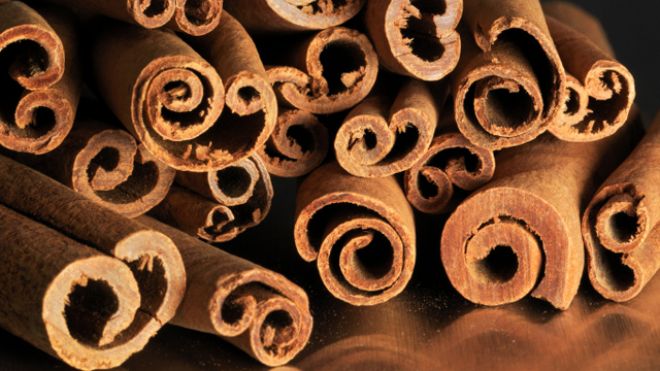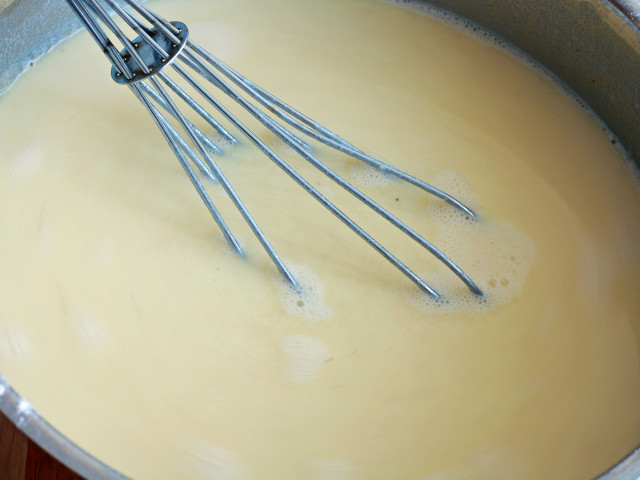
The first mama of all is Béchamel. A cream sauce that is the base for half of the white sauces. It is the base not only of sauces but of a wide range of food, where it is acting as binder, and can be a desert sauce as well. When it was invented, sauce Béchamel was a slow simmering of milk, veal stock and seasonings, strained, with an enrichment of cream. The sauce under its familiar name first appeared in Le Cuisinier François, (published in 1651), by François Pierre La Varenne (1615 – 1678), chef de cuisine to Nicolas Chalon du Blé, marquis d’Uxelles. The foundation of French cuisine, the Cuisinier François ran through some thirty editions in seventy-five years. The sauce was named to flatter a courtier, Louis de Béchameil, marquis de Nointel (1630 – 1703), a financier, sometime intendant of Brittany, who is sometimes mistakenly credited with having invented it. Many chefs would now regard as authoritative the recipe of Auguste Escoffier presented in Saulnier’s Répertoire: “White roux moistened with milk, salt, onion stuck with clove, cook for 20 minutes”. The sauce called velouté, in which a blond roux is whisked into a white stock, is a full hundred years older, having appeared in the cookbook of Sabina Welserin in 1553.
This basic sauce, one o...
Read More


